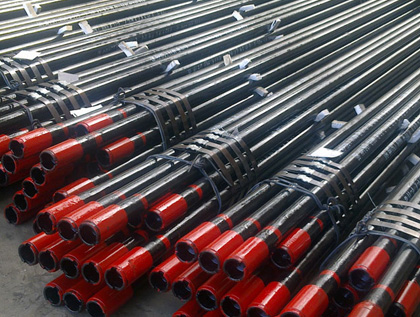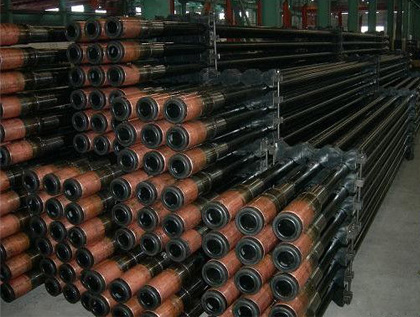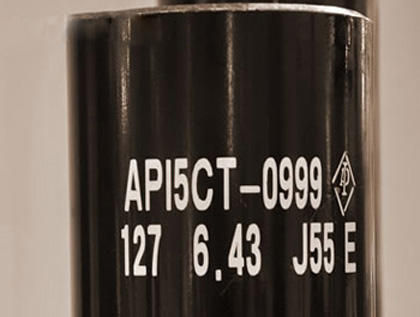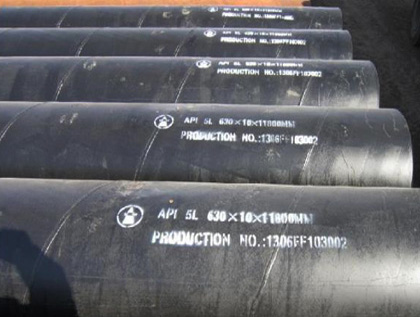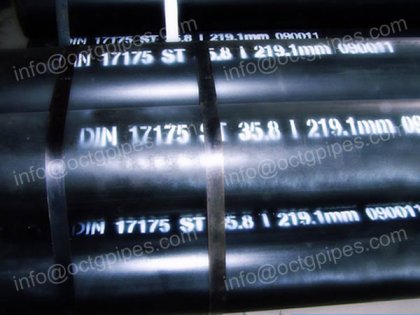the distinction of hot rolling and cold rolling
Ordinary seamless steel pipes adopt 10, 20, 30, 35, 45 high quality carbon structural steel 16Mn and 5MnV low alloy structural steel or 40Cr, 30CrMnSi, 45Mn2 and 40MnB through hot rolled or cold rolling process to make. Seamless steel tube made by 10, 20 low carbon steel is mainly used for fluid pipeline. Seamless steel pipe made with 45, 40Cr medium carbon steel is used to manufacture machinery parts like stress parts of automobile and tractor. While you need to ensure the strength and the flattening test of the general seamless steel pipe.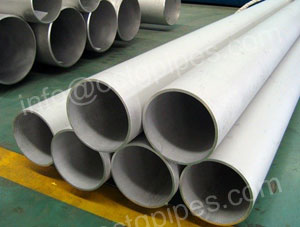
Seamless steel pipe is divided into hot rolled and cold rolling seamless pipe. The hot rolled steel pipe is delivery with hot rolled or heat treatment state; cold rolling steel pipe is delivery with heat treatment state.
Hot rolled seamless steel pipe includes ordinary steel pipe, low or medium pressure boiler steel pipe, high pressure boiler steel pipe, alloy steel pipe, stainless steel tube, petroleum cracking tube and other types steel pipe. Cold rolling seamless steel pipe contains the same as the hot rolling seamless steel pipe, except that also including carbon thin wall steel tube, alloy thin wall steel pipe, stainless thin wall steel tube and deformed steel pipe. Generally, for hot rolled seamless steel tube, the outside diameter is bigger than 32mm and wall thickness is from 2.5mm to 75mm. While for cold rolling seamless steel pipe, the outside diameter can reach 6mm, wall thickness can get to 0.25, the outside diameter of thin wall pipe can get to 5mm and wall thickness is smaller 0.25mm. So the size of cold rolling is higher dimensional accuracy than hot rolling.
The Key Difference between Hot Rolling and Cold Rolling
The cold rolling steel pipe allows the cross section to occur local buckling so as to make full use of the bar buckling bearing capacity. But the hot rolling steel pipe does not allow the local buckling.
The causes of hot rolled and cold rolled residual stress is different, so the cross section distribution is also great different. The residual stress distribution on the cold-formed thin wall steel section is curved; while residual stress distribution on the hot rolled steel or welded steel section is thin film type.
The free torsional rigidity of hot rolled steel is higher than cold rolled steel. Therefore, the torsion properties of hot rolled steel are better than the cold rolled steel.
Get In Touch


